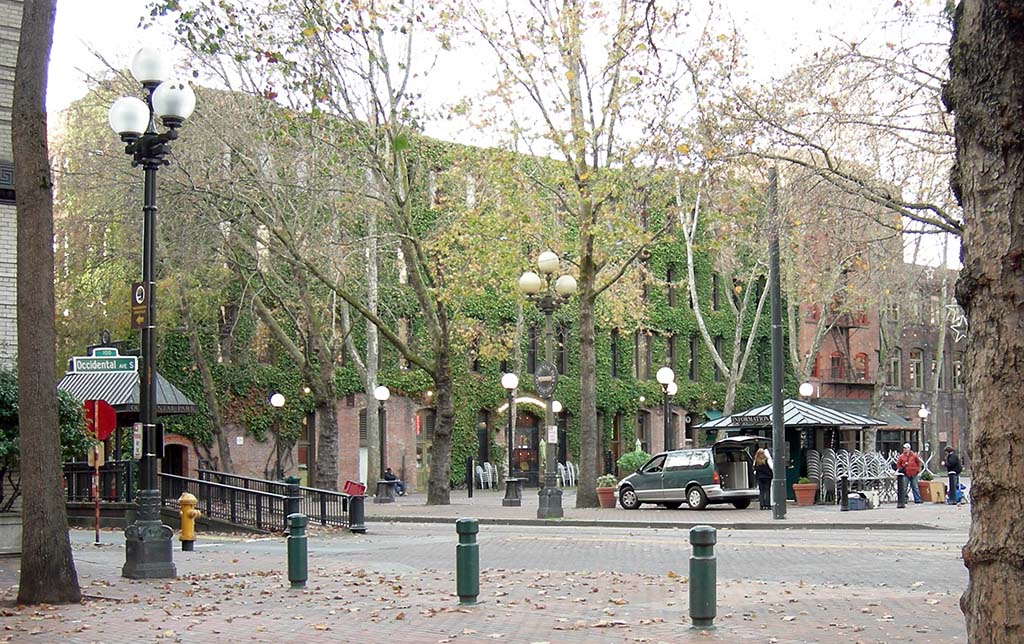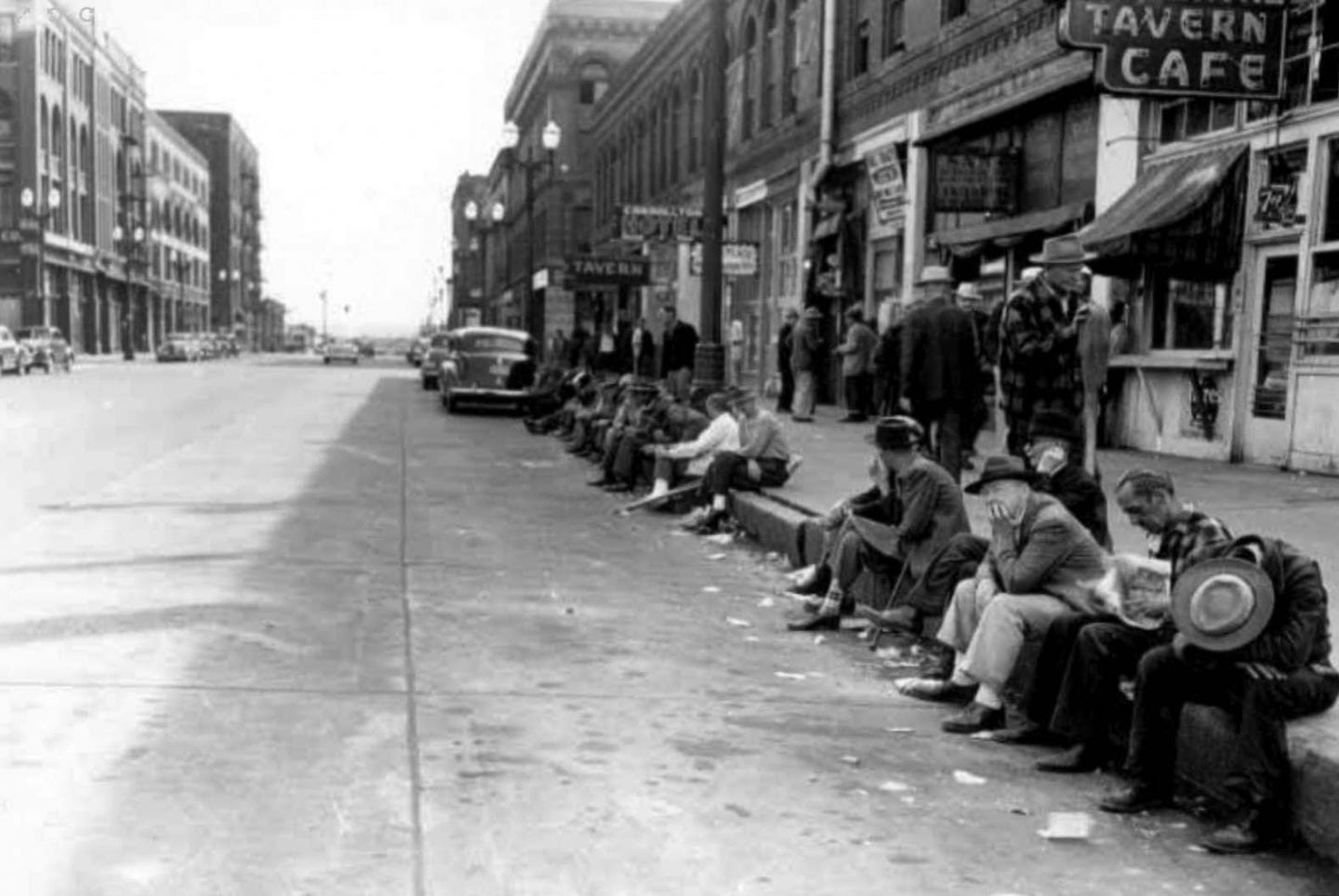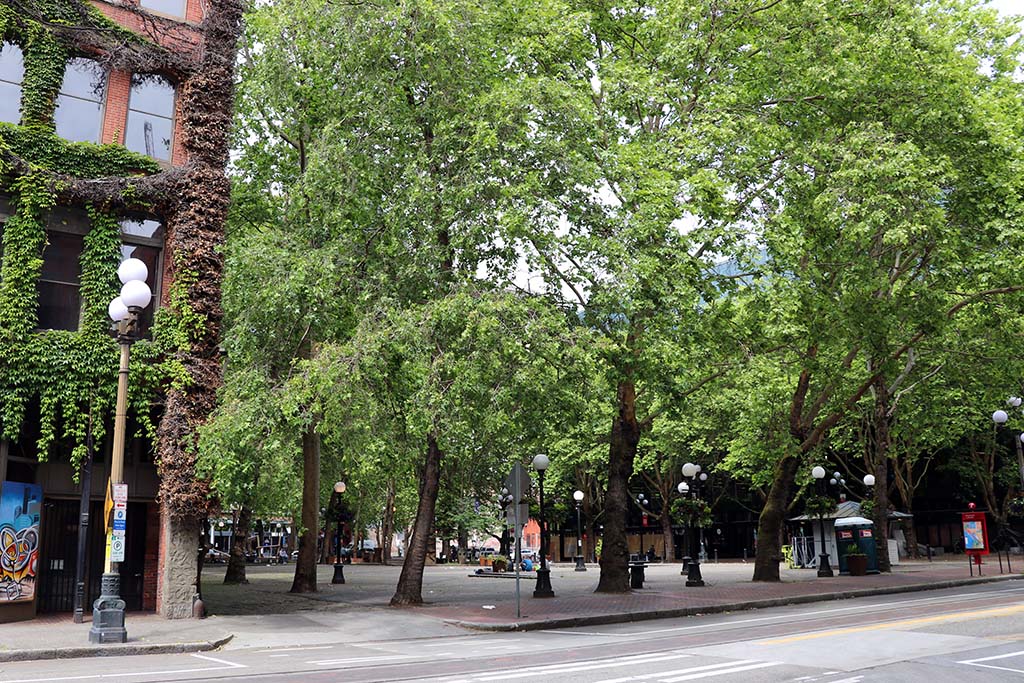-
Former location of Carollton Hotel
217 Occidental Avenue S
217 Occidental Avenue S
Japanese immigration to Seattle started in the 1880s following the 1882 Chinese Exclusion Act, which prohibited Chinese immigration. By 1890, 300 or so Japanese (the first generation were called Issei, their children Nisei) lived in the city; the population reached 4,000 in 1900 and nearly 8,000 in 1920. Many worked as manual laborers on railroads and in logging camps and canneries.
Japanese families also became hotel managers, eventually overseeing 206 apartment buildings and 56 hotels around Pioneer Square and in the Nihonmachi, or Japantown, to the east. One of those was Seizo Itoi, who acquired and began managing the 60-room Carrollton Hotel in 1918. Born in Japan, he had emigrated to the United States in 1904, where he worked a variety of jobs, married, and bought a laundry before acquiring the Carrollton. Itoi owned the hotel until 1942, when the American government passed Executive Order 9066, the draconian edict that authorized the placement of all Japanese Americans on the West Coast in internment camps.
In May 1942, Itoi and his family were sent to Minidoka camp in Idaho, where most of the family remained until 1946. After the war, Itoi’s daughter, Monica Sone (she had married another Nisei, Geary Sone) wrote one of the great stories about Seattle and the Issei and Nisei experience. “I thought the whole world consisted of two or three old hotels on every block. And that its population consisted of families like mine who lived in a corner of the hotels,” wrote Sone in Nisei Daughter.
Like many Pioneer Square buildings built in the 1890s, the Carollton did not survive the twentieth century. It was destroyed in 1956 and the location has remained without a building since then.
Walk north on Occidental Avenue S to S Washington Street.



